While visiting H&K on another matter, Vickers noticed a blueprint hanging on the wall of former H&K CEO Ernst Mauch of an M4 adapted to a G36 gas system. Vickers knew there was a requirement in his unit for a short barreled (10.4 inch) CQB rifle to replace the Mk18 currently in use. SOCOM had found the short 10.3 inch weapons experienced significantly more malfunctions than the M4 with the 14.5 inch barrel in various operational conditions. Additionally, H&K staffers, Tom Kivlehan and Bruce Davidson, worked along with Mauch, Schatz and Vickers to get this program off the ground and eventually into military testing and acceptance.
In August of 2000, USSOCOM held a "PMOD" Conference in Indianapolis to discuss their planned "Platform MODifications" effort they hoped would address the many documented deficiencies in the M4. HK staff, Mauch, Schatz, and Volker Kurtz was present and briefed on the first drawings of a monolithic (one piece upper receiver and rail system) M4-style upper with a G36-style op rod gas system. The proposal was reportedly well received by many military program staff (including, Gus Taylor from Crane and the Army’s Steve Holland). As recalled by several people, Colt Defense killed off the PMod program making exclusivity claims to the M4 and that only they could make such modifications to “their M4”. Given the time frame and the lack of cooperation, this spawned the invocation of the SCAR program, which would allow SOCOM to pick a new weapons platform that they would be the project manager on and could modify, at will; rather than use Colt M4A1 carbines that they could not make changes to, due to them being a “TDP” commodity and having to go through the big army to change.
H&K’s approach to this program was similar to that of the British SA80 rifle. They would look at the overall system and then improve upon it. H&K provided the research and development of this new weapon at their own expense and the U.S. government had no responsibility and could walk away from the project at any time. It was agreed by H&K engineers, and many in the industry, that the direct gas system is not the best for the high demands of special operations operators. The environment, heat, inability to properly clean and lubricate the weapon under combat conditions all made the system that much more to take care of. The short stroke tappet, basically another Stoner design in the AR18, would be cleaner, cooler and more reliable than the legacy system. The rifle created was the HKM4.
However, this proved to be problematic, not from a mechanical point of view, but perceptional. Customers would view it as cheapening the system and felt it was necessary so H&K provided it on later models. The buffer was much heavier being filled with tungsten powder and the spring was significantly stronger than the legacy. Initially, the lower receiver was a standard M4 but H&K redesigned some of the features on the lower, including a beveled magazine well. Several attempts were made at developing a rail for the HKM4, including an attempt to install a Knight’s Armament System. Finally, a 1-piece rail was designed by H&K that was locked in place by a nut, which used a locking lug on the bolt to tighten. This rail allowed the barrel to float without interference from the rail. The HKM4 was initially designed with a 10.4 inch barrel but later a 14.5 inch barrel.
Preliminary acceptance testing by SOF came in November of 2004. More than 12,000 rounds were fired at H&K by SOF personnel. The rifle passed all testing and the first 500 were ordered by SOF. Around this time the name was changed from the HKM4 to the HK 416 (M4 and M16). Due to a trademark lawsuit filed by Colt Defense, H&K settled out of court. The terms are confidential but part of it was to not use the M4 name. However the Colt claim to the trademark M4 would soon be challenged by Bushmaster, ending Colts trademark of the term M4. The judge found the term M4 in common usage and rendered the trademark void.
The Army was forced by Congressman Tom Coburn to examine the allegations that American troops may not have the best rifle available. The chain reaction caused the Army to conduct Dust Test Two, which compared the Colt M4, HK416, HK XM8 and the FN SCAR-Light (Mk 16 Mod 0). The test showed the current issue M4 to be the least reliable, by far. The test consisted of 10 each of the rifles and firing 60,000 rounds per model. The end result was the XM8 127 stoppages, the FN SCAR Light 226 stoppages, the HK416 233 stoppages and the current issue Colt M4 carbine 882 stoppages. Clearly there is a large gap in stoppages seen between the newer carbines and the standard. The results of this test were questioned by both Colt Defense and some in the Army, but the results stand. This got Congress and the Army to initiate two different actions.
First, was an M4 Product Improvement Program consisting of three phases. Phase one is procuring 25,000 new M4A1 carbines with heavy barrels, full auto capability and ambidextrous controls. Phase II is an open competition for a new and improved bolt carrier group and forward rail. Phase III is an operating system review to see if there is a better more reliable gas system for this weapons platform. This is the big tomalley. Most of the issues surrounding this debate center on the operating system. Is direct gas impingement as reliable as or less reliable than the standard short and long stroke piston designs? The open competition was scheduled for the summer of 2011 with many industry leaders having submitted their version of what they feel will be the next U.S. service rifle.
The MR556A1 has all of the advanced features of the HK416 in a commercial package. First on the scene is the MR223, which was manufactured by H&K in Germany for their commercial market. There was no flash suppressor and it was chambered for the .223 Remington cartridge instead of 5.56x45mm. Due to importation restriction H&K set up production in Columbus, Georgia where they import the barrel blank, bolt group, handguard and fire control group from Germany. The lower receiver is manufactured in the U.S. as well as the barrel is finished in the states, making the MR556A1 legal under the importation laws.
The HK416/MR556A1 uses a proprietary buffer and spring. Both are significantly heavier than the standard M4. The buffer is filled with a tungsten powder. Both are easily differentiated from others by the big red dot on the face of the buffer and the red paint on the action spring. These parts should never be changed for it will throw off the timing of the action causing damage to the rifle or malfunctions. The buffer retainer pin has been redesigned and strengthened with a ¼ moon cut, which also makes stock installation easier. The receiver extension has 6-positions and the back of the receiver extension has three drain holes for water to exit when handled and fired in watery conditions. The stock is proprietary to H&K as well. The latch is protected inside the stock to eliminate the chance of it unintentionally moving. The rubber buttplate is turned 90˚ and removed. There are battery storage compartments in the cheek weld area of the stock. Also unique to the MR556A1 is an allen-type tool which is used to disengage the rear takedown and front pivot pin. This also is unique to the MR556a1. To separate the receiver, the tool is pushed into the center of the retainer pin and pushed to detent. When reinstalling the spring is again depressed by the tool and the pins are pushed back in until lock.
The MR556A1 weighs in at 9.04 with the iron sights and empty magazine. With the stock fully extended the rifle is 37.68 inches and with the stock fully closed 33.90 inches. The steel H&K 30-round magazine weighs .53 pounds empty. The sight radius is approximately 14.6 inches. The rifle comes with an operator’s manual as well as a plastic carrying case.
The MR556A1 was tested with several magazines. Due to the magazine well not being NATO standard, some magazines which work in a standard M16/M4 will not work in the HK416/MR556A1. The magazines tested which fit and worked flawlessly are the H&K High Reliability Magazine, Magpul EMag, OK Industry GI magazines, Lancer L5-AWM (Advanced Warfighter Magazine), Lancer L5 20 round magazines and C-Products 20 and 30 round steel magazines. More than 700 rounds of Silver State Armory 5.56mm M193 ball ammunition was fired with no malfunctions encountered. The recoil was very minimal. Due to the heavy barrel, the rifle remained on target with easy to control rapid fire. The trigger greatly assisted with accuracy. The rifle shot a consistent 1 MOA group with Silver State Armory 5.56x45mm 77gr Open Tip Match ammunition.
H&K has heard the commercial customer and has responded. Brownells recently introduced the HK416 Parts Kit
- Upper Receiver Assembly - Includes piston bushing, forward assist and ejection port cover
- Charging Handle Assembly
- Handguard & Barrel Nut - Some handguard may have cut for front sight, but no front sight is included, includes retaining bolt & spring
- Gas Block – Does not include pins for attaching to barrel
- Gas Piston Assembly – Includes Piston & Rings and Piston Rod Assembly
- Flash Hider
- Bolt Carrier – Includes cam pin, firing pin, firing pin spring and firing pin retaining pin
- Extractor & Ejector – Includes spring & hardware (417 includes two ejectors & springs)
- Receiver Extension with Buffer, Spring, Castle Nut and End Plate
- Buttstock Assembly
- Pistol Grip – Includes screw & bottom door
- Lower Parts Kit – Includes Takedown Pins & Hardware, Magazine Release Assembly, Bolt Catch Assembly, Buffer Retainer Assembly and Trigger Guard
- Fire Control Group – May include Full Auto, Burst or Semi-Auto Group
- Safety Selector Levers
- Auto Sear
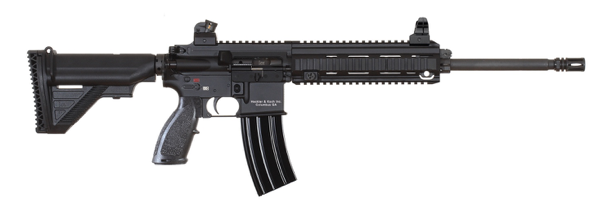
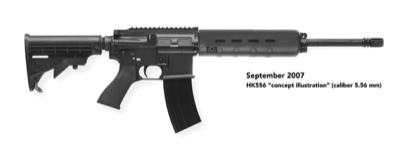
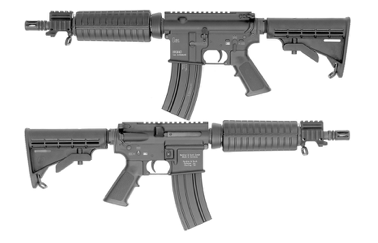
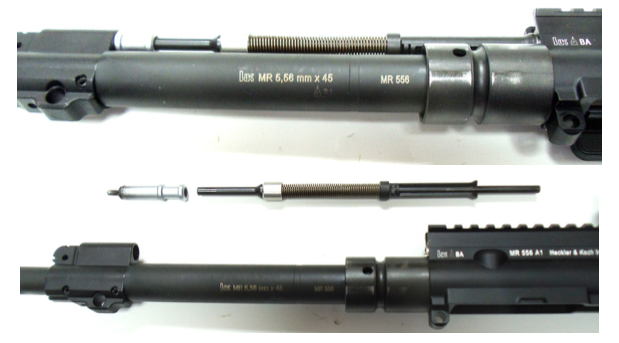
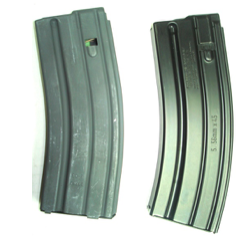

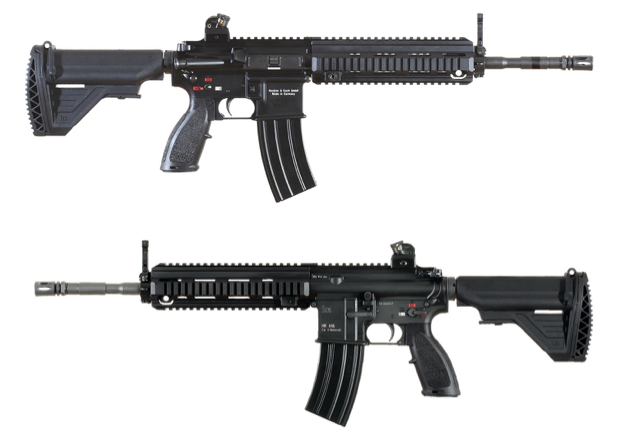
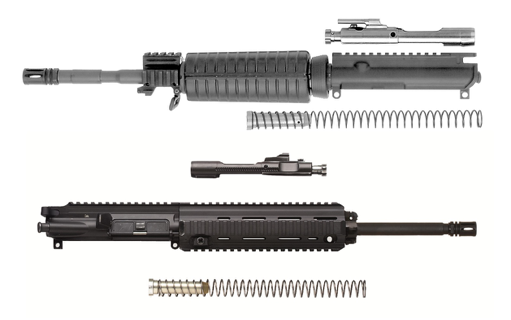
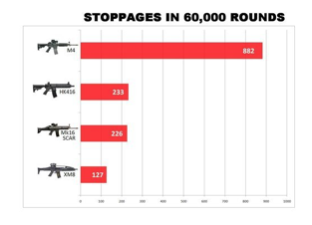
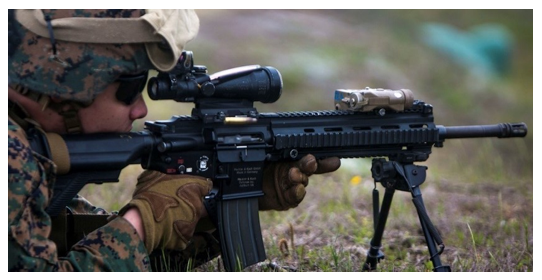
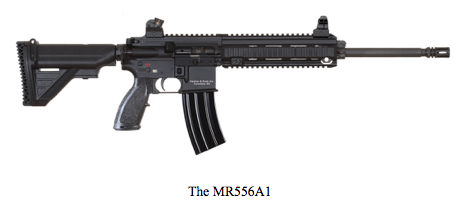
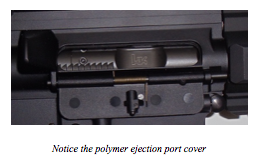
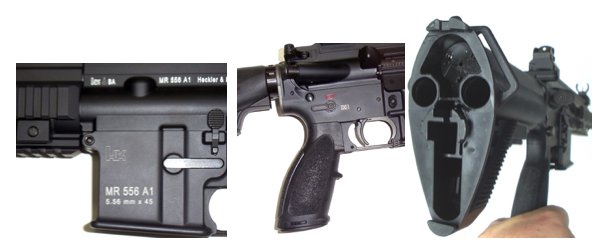
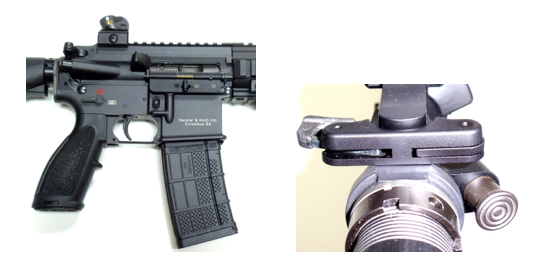
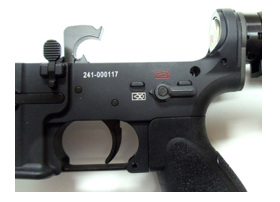
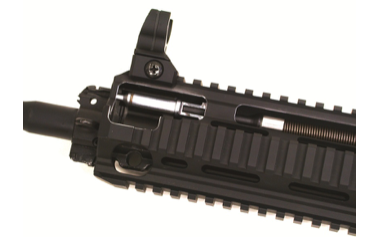
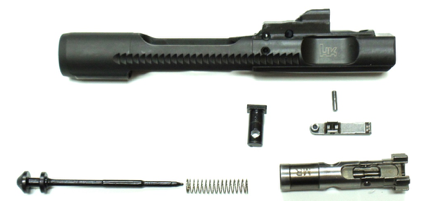
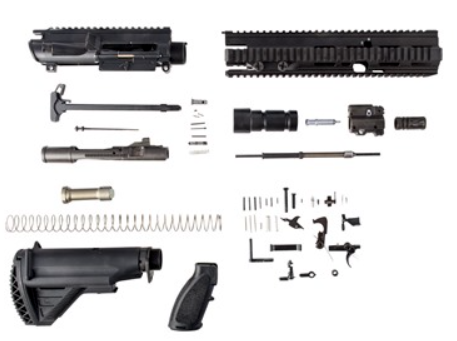
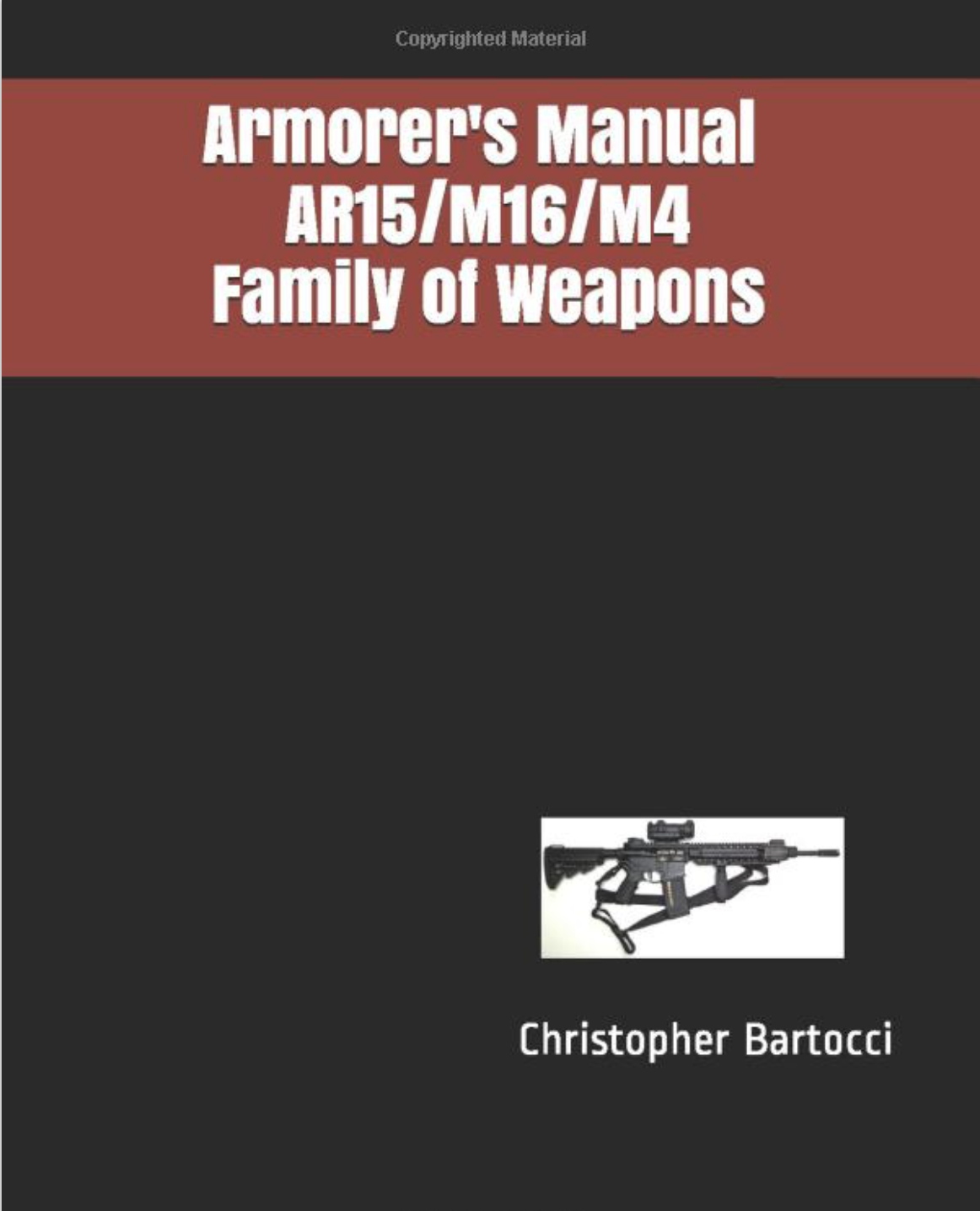
 RSS Feed
RSS Feed